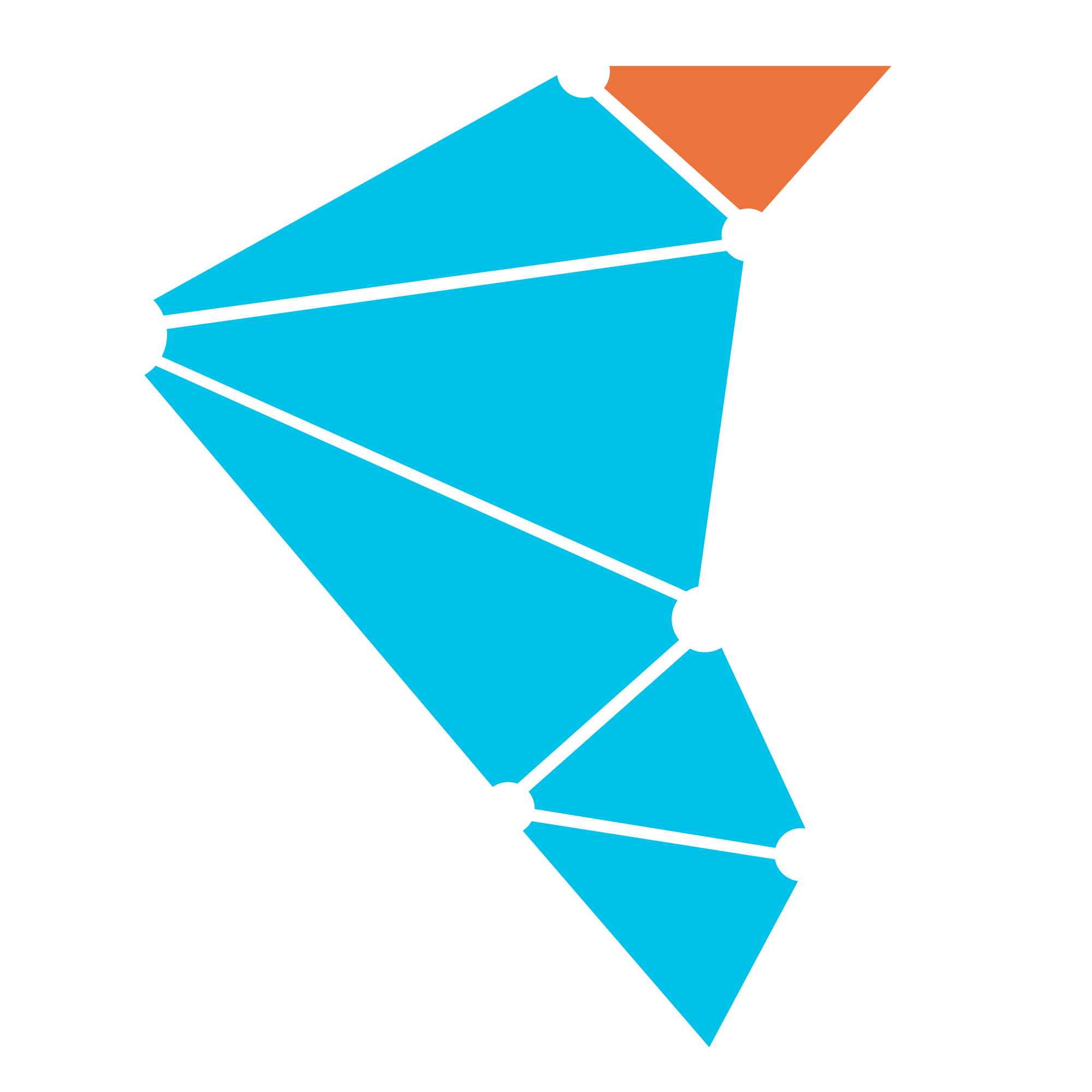Python API
The Python API provides the ability to define Twister2 TSet jobs in python.
Getting Started
Following components are required in your system.
- Python 3.7
- JVM 8+
Setting up twister2 python support
pip3 install twister2
twister2 uses jep to create python interpreters within the JVM. Inorder for this to work properly, jep's native libraries should be accessible by the java process. Update your LD_LIBRARY_PATH environment variable
to include jep.so inorder to make it accessible by java process at runtime. The location of jep can be found as follows.
pip show jep
This will give an output similar to below.
Name: jep
Version: 3.9.0
Summary: Jep embeds CPython in Java
Home-page: https://github.com/ninia/jep
Author: Jep Developers
Author-email: jep-project@googlegroups.com
License: zlib/libpng
Location: /home/username/.local/lib/python3.7/site-packages
Requires:
Required-by: twister2
Now copy the Location and update the LD_LIBRARY_PATH as follows.
export LD_LIBRARY_PATH=/home/username/.local/lib/python3.7/site-packages/jep:$LD_LIBRARY_PATH
On latest MacOS versions, setting LD_LIBRARY_PATH will not work due to System Integrity Protect (SIP) . SIP can be disabled with following steps.
- Restart your Mac.
- Before OS X starts up, hold down Command-R and keep it held down until you see an Apple icon and a progress bar. Release. This boots you into Recovery.
- From the Utilities menu, select Terminal.
- At the prompt type exactly the following and then press Return: csrutil disable
- Restart
Writing your first application
Twister2 Environment
env = Twister2Environment(name="MyPython", config={"sample_config": 123}, resources=[{"cpu": 1, "ram": 1024, "instances": 2}])
Twister2Environment can be considered as the entry point to connect to the java runtime. Twister2Environment optionally allows you to configure your job and resources.
TSet Source
TSet is all about data transformations. Hence every TSet workflow starts with a source.
TSet source in python should follow below skeleton.
class SourceFunc(ABC):
def __init__(self):
pass
@abstractmethod
def has_next(self):
return False
@abstractmethod
def next(self):
return None
Shown below is a simple integer source created based on above skeleton.
from twister2.tset.fn.SourceFunc import SourceFunc
class IntegerSource(SourceFunc):
def __init__(self, limit):
super(IntegerSource, self).__init__()
self.x = 0
self.limit = limit
def has_next(self):
return self.x < self.limit
def next(self):
self.x += 1
return self.x
Once defined, you may add this source to TSet environment as follows.
source = env.create_source(IntegerSource(10), 4)
The second parameter of create_source is the parallelism. In this case(4), twister2 will run 4 integer sources parallelly across the cluster.
Starting from a source, you may transform your data as required by utilizing twister2 TSet operations.
Example - KMeans
This example utilizes existing tools for python such as numpy and scikit-learn for data representation and computation and use twister2 for communication.
# Twister2 Python API supports Numpy
import numpy as np
from twister2.TSetContext import TSetContext
from twister2.Twister2Environment import Twister2Environment
from twister2.tset.fn.SourceFunc import SourceFunc
env = Twister2Environment(resources=[{"cpu": 4, "ram": 4096, "instances": 1}])
class PointSource(SourceFunc):
def __init__(self, size, count):
self.i = 0
self.read = True
self.size = size
self.count = count
def has_next(self):
return self.read
def next(self):
self.i = self.i + 1
arr = np.random.rand(self.count, self.size)
self.read = False
return arr
data = env.create_source(PointSource(100, 10000), 10).cache()
centers = env.create_source(PointSource(100, 200), 10).cache()
def apply_kmeans(points, ctx: TSetContext):
# If you need to use a 3rd party library, you should import them within the function body.
from sklearn.cluster import KMeans
c = ctx.get_input("centroids")
centers = c.get_partition(ctx.get_index()).consumer().__next__()
kmeans = KMeans(init=centers, n_clusters=200, n_init=1).fit(points)
return kmeans.cluster_centers_
# Most of the TSet operations accept a function. You can even pass a lambda instead!
mapped = data.direct().map(apply_kmeans)
def reduce_centroids(c1, c2):
return c1 + c2
def average(points, ctx):
import numpy as np
return np.divide(points, 10)
reduced = mapped.all_reduce(reduce_centroids).map(average)
for i in range(10):
mapped.add_input("centroids", centers)
centers = reduced.cache()
centers.direct().for_each(lambda x: print(x))
Submitting Python Jobs to Twister2
Twister2 accepts two types of python jobs.
- Single python file (If you have just one file defining the whole job)
./bin/twister2 submit standalone python /absolute/path/to/your_script.py your_script.py arg1 arg2
- Zip file (If you have multiple python files, you can submit them as a zip file)
./bin/twister2 submit standalone python_zip /absolute/path/to/your_zip.zip entry_point.py arg1 arg2
entry_point.py is where you would initialize Twister2Environment
arg1 and arg2 in above two commands will be passed as system args to the python script.
